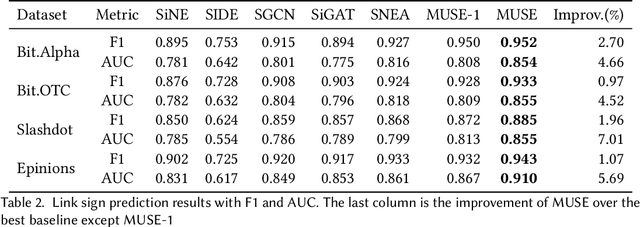Youwen Zhang
Message Passing-Based Joint Channel Estimation and Signal Detection for OTFS with Superimposed Pilots
Sep 15, 2023



Abstract:Receivers with joint channel estimation and signal detection using superimposed pilots (SP) can achieve high transmission efficiency in orthogonal time frequency space (OTFS) systems. However, existing receivers have high computational complexity, hindering their practical applications. In this work, with SP in the delay-Doppler (DD) domain and the generalized complex exponential (GCE) basis expansion modeling (BEM) for channels, a message passing-based SP-DD iterative receiver is proposed, which drastically reduces the computational complexity while with marginal performance loss, compared to existing ones. To facilitate channel estimation (CE) in the proposed receiver, we design pilot signal to achieve pilot power concentration in the frequency domain, thereby developing an SP-DD-D receiver that can effectively reduce the power of the pilot signal and almost no loss of CE accuracy. Extensive simulation results are provided to demonstrate the superiority of the proposed SP-DD-D receiver.
MUSE: Multi-faceted Attention for Signed Network Embedding
Apr 29, 2021



Abstract:Signed network embedding is an approach to learn low-dimensional representations of nodes in signed networks with both positive and negative links, which facilitates downstream tasks such as link prediction with general data mining frameworks. Due to the distinct properties and significant added value of negative links, existing signed network embedding methods usually design dedicated methods based on social theories such as balance theory and status theory. However, existing signed network embedding methods ignore the characteristics of multiple facets of each node and mix them up in one single representation, which limits the ability to capture the fine-grained attentions between node pairs. In this paper, we propose MUSE, a MUlti-faceted attention-based Signed network Embedding framework to tackle this problem. Specifically, a joint intra- and inter-facet attention mechanism is introduced to aggregate fine-grained information from neighbor nodes. Moreover, balance theory is also utilized to guide information aggregation from multi-order balanced and unbalanced neighbors. Experimental results on four real-world signed network datasets demonstrate the effectiveness of our proposed framework.
 Add to Chrome
Add to Chrome Add to Firefox
Add to Firefox Add to Edge
Add to Edge